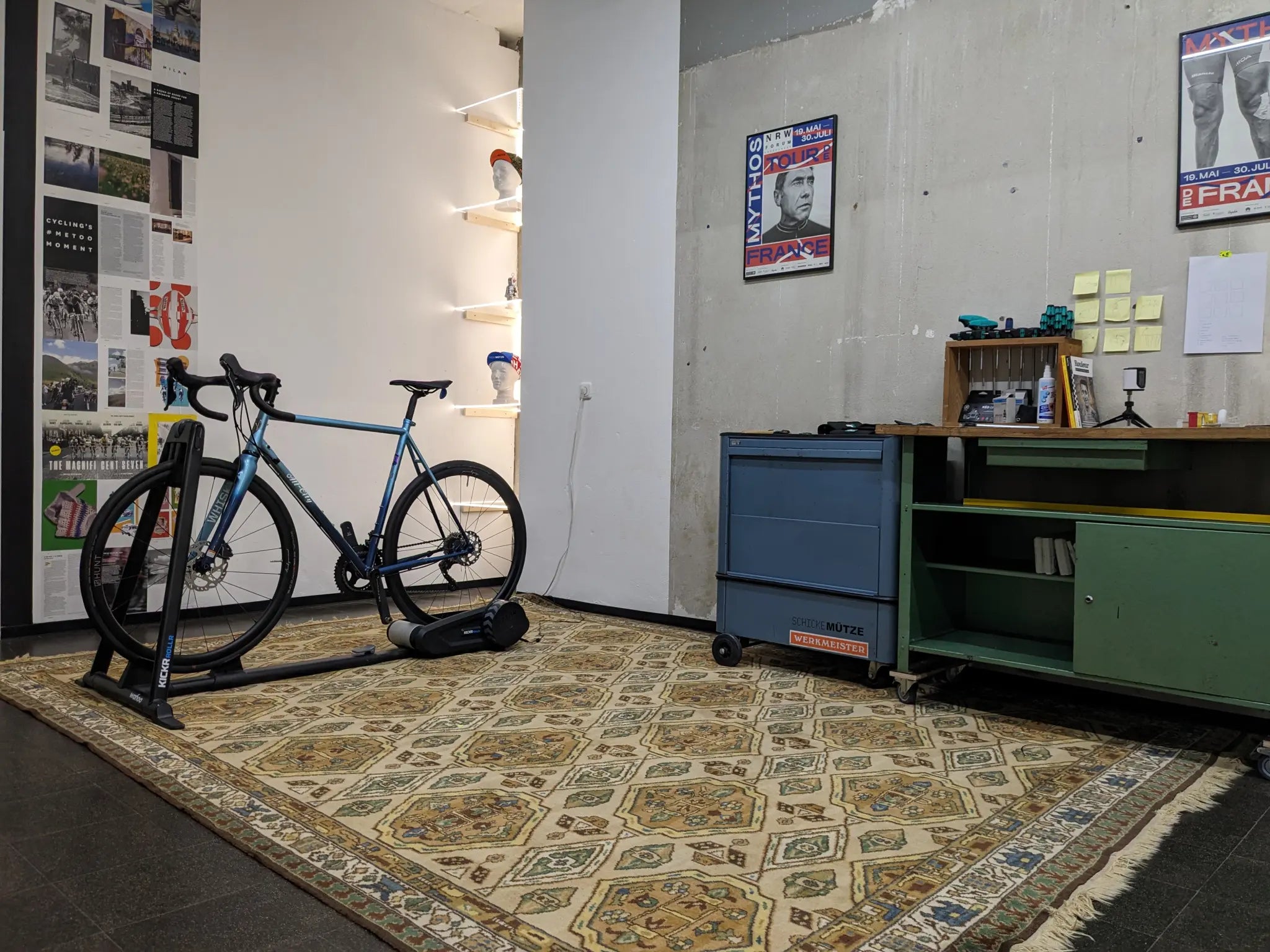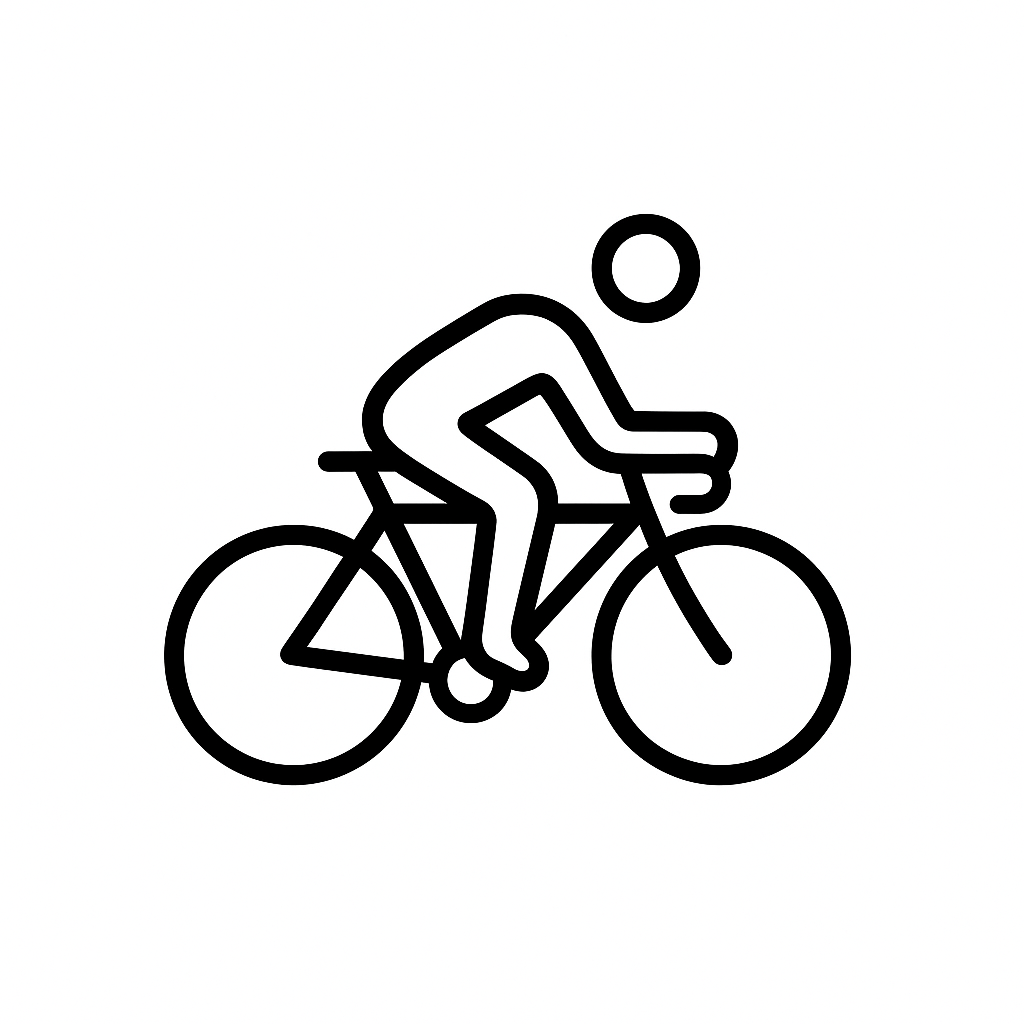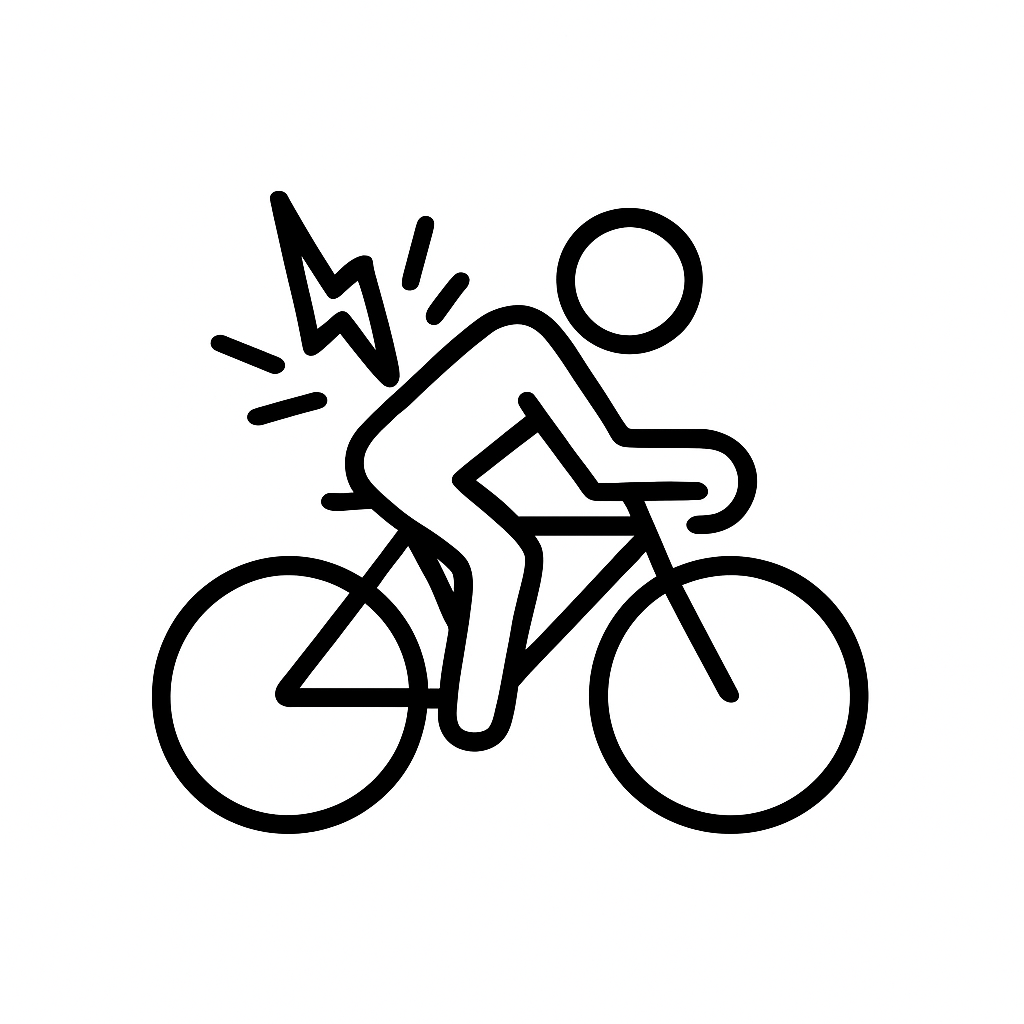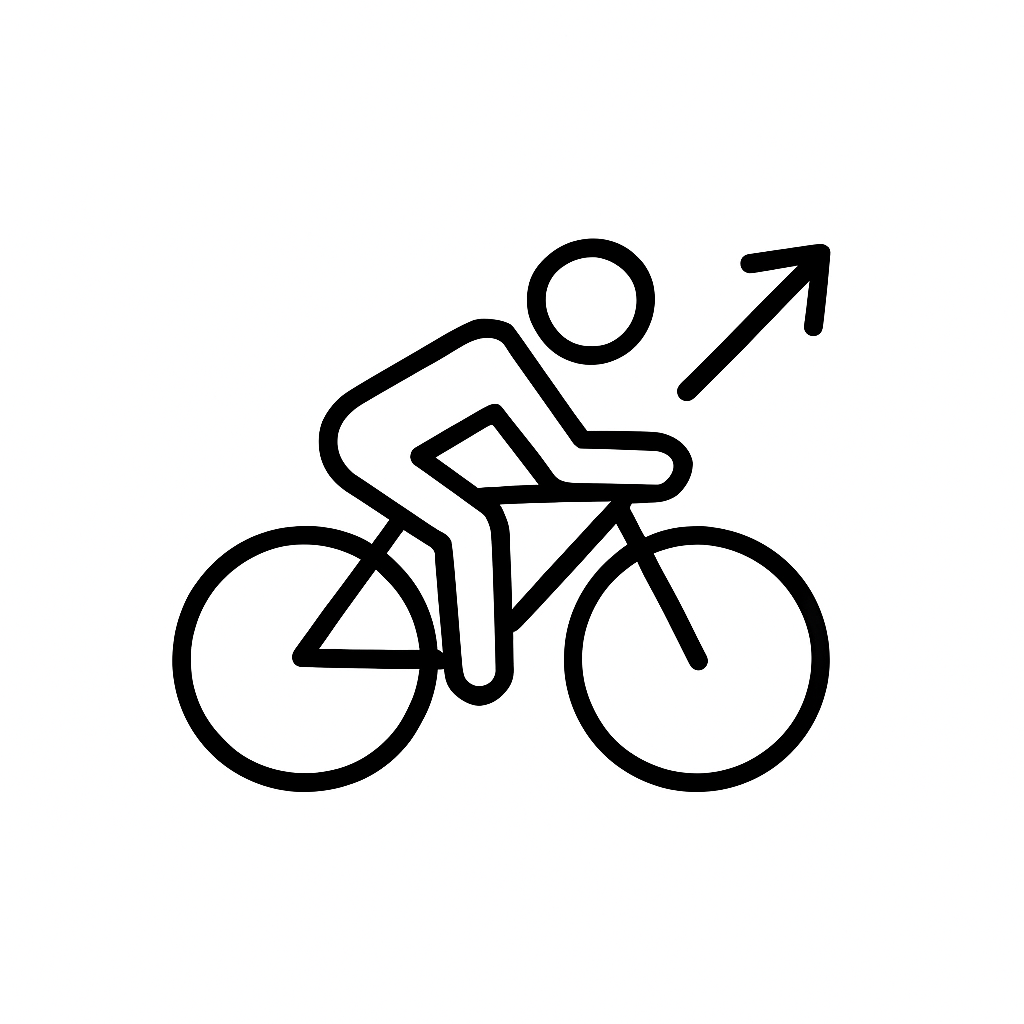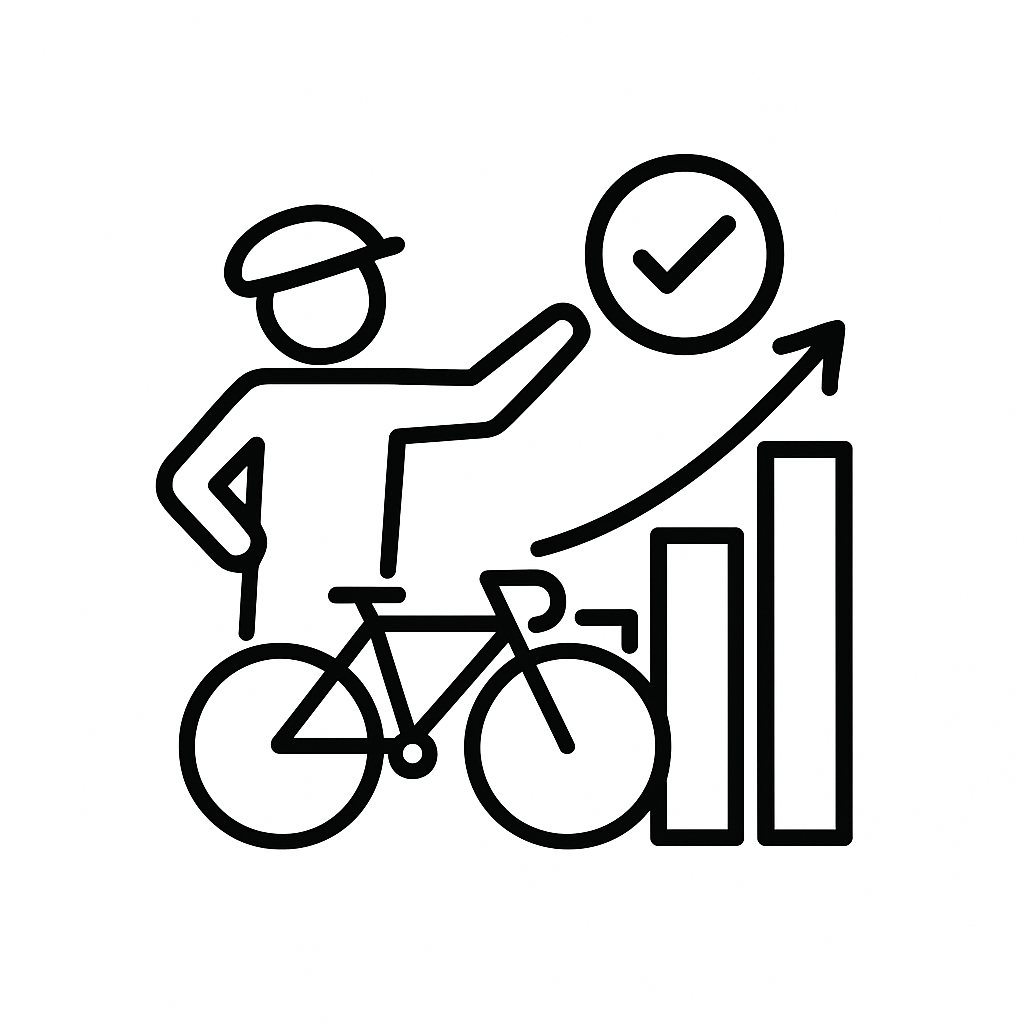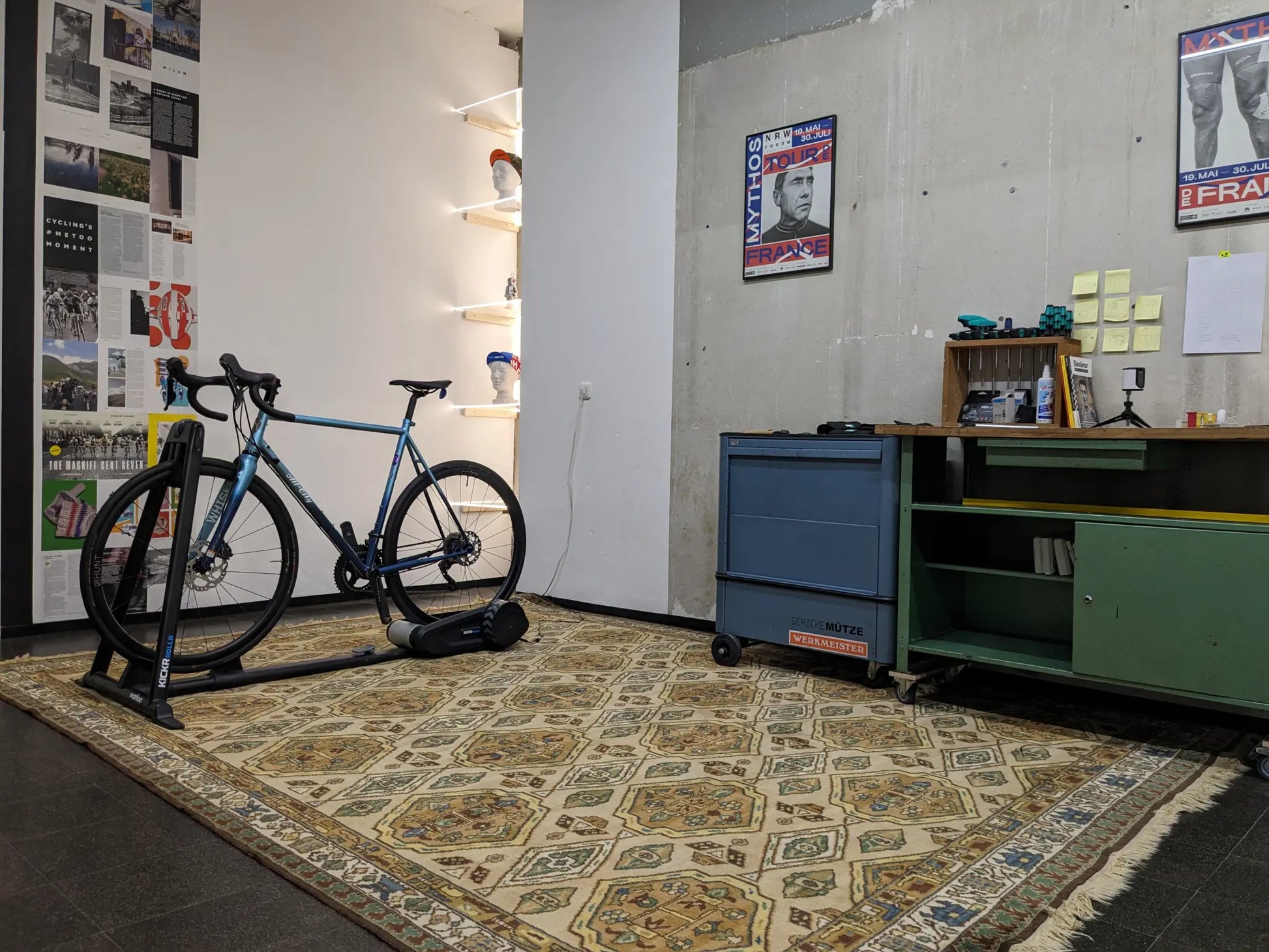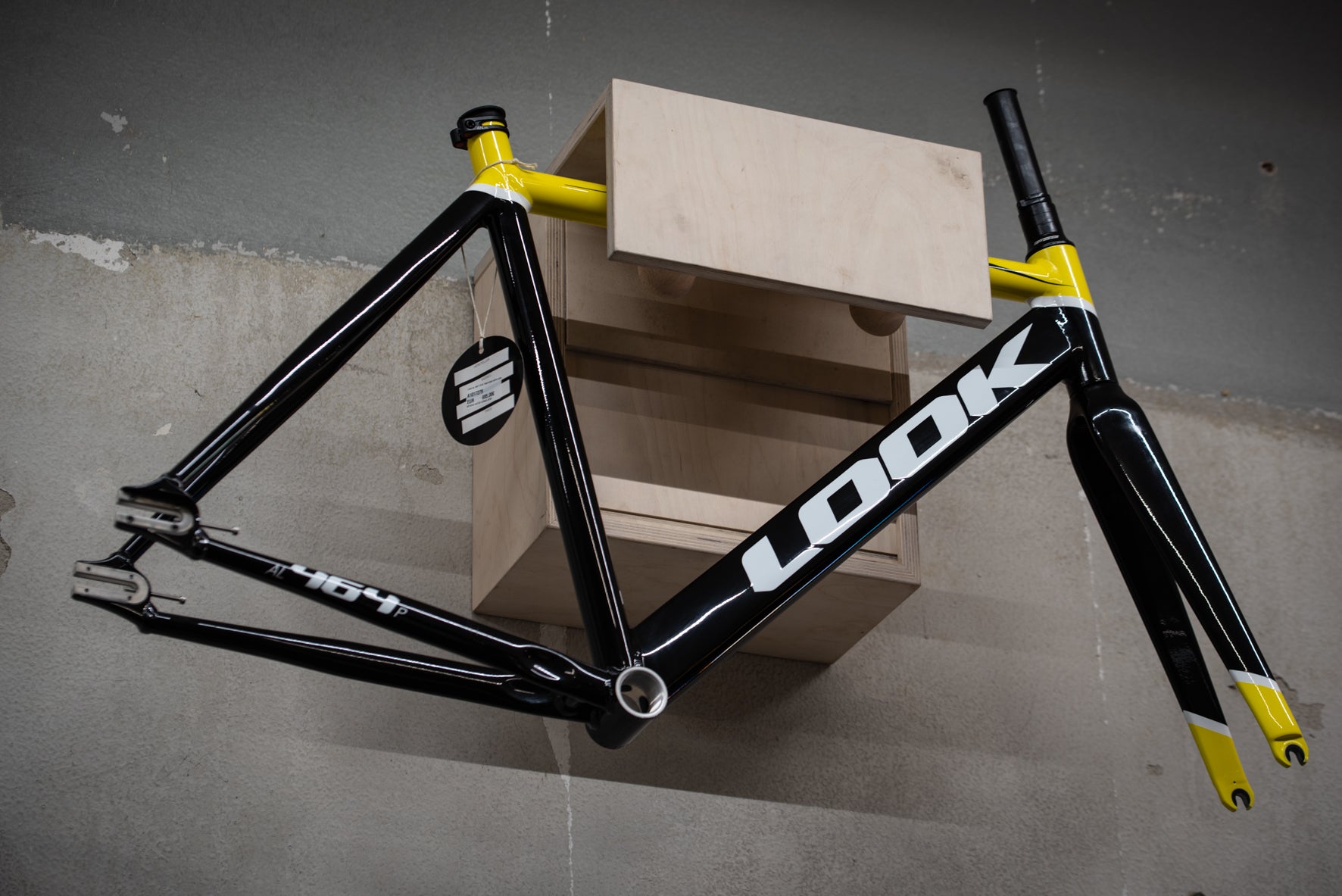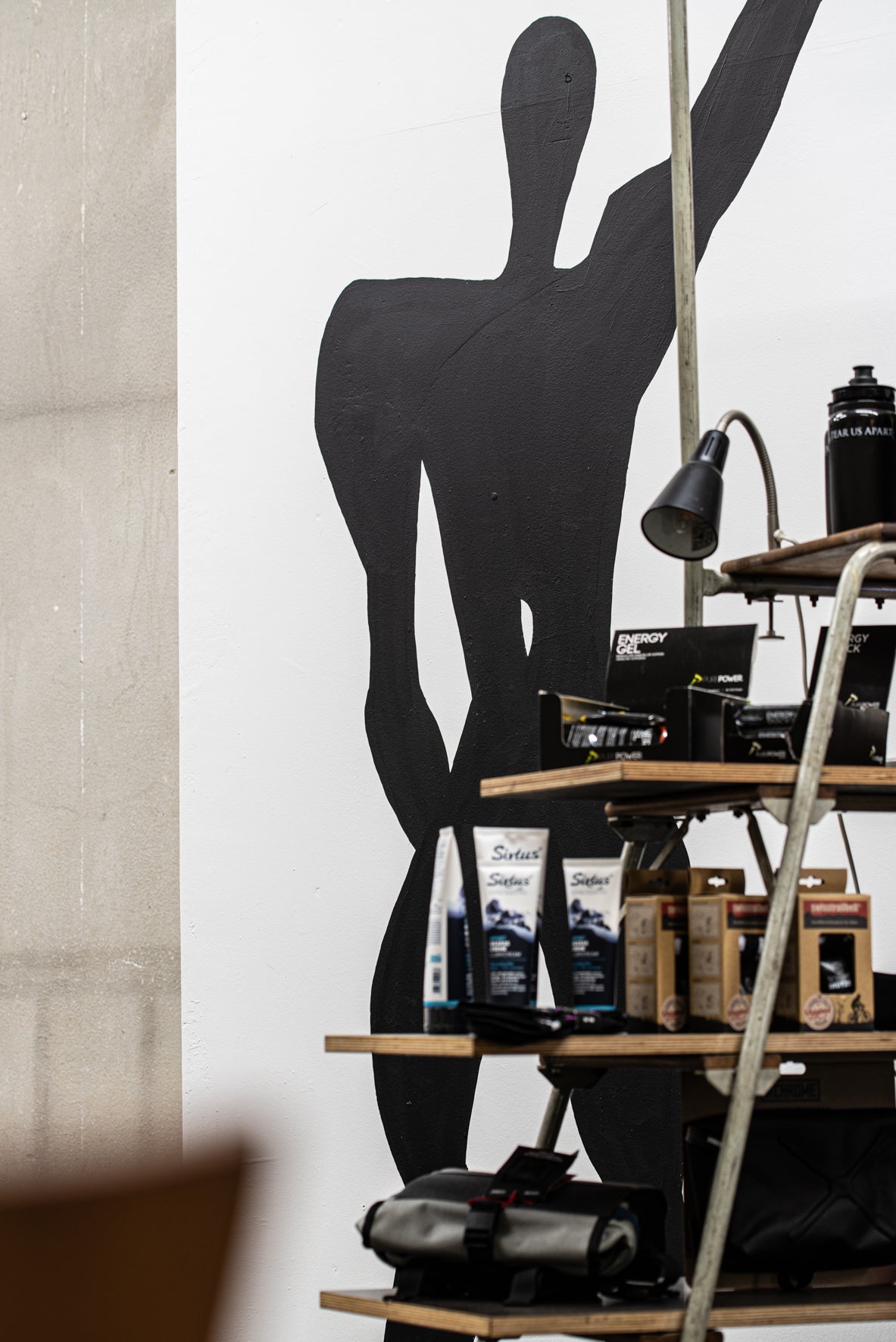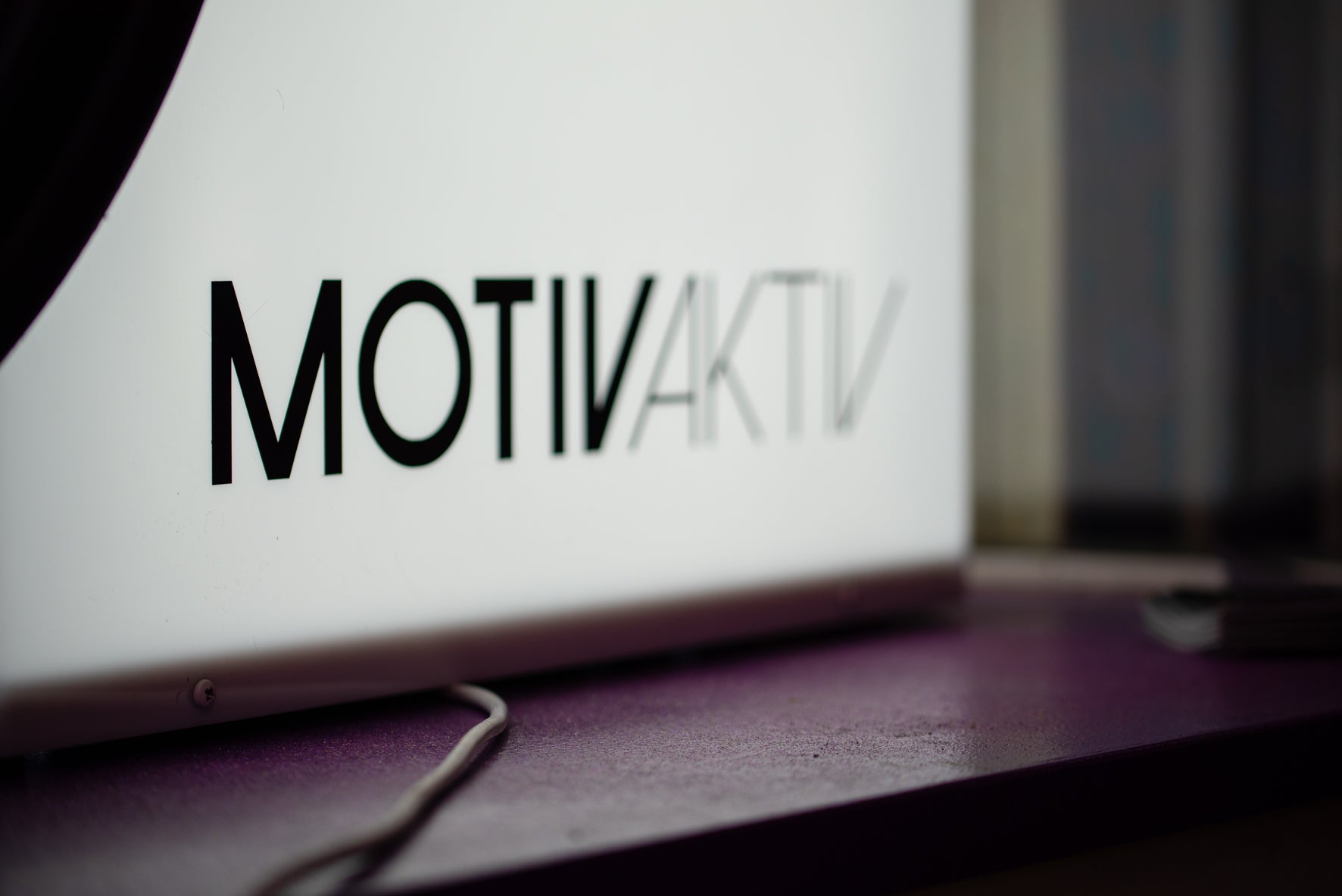The process in three steps

Analysis
Sports science examination & functional tests
Standard values for saddle height and similar factors only apply to about a quarter of athletes. Many individual parameters, such as anatomical predisposition, injury history, training goals, and personal riding experience, influence the optimal riding position on the bike. Therefore, I begin each appointment with a detailed sports science examination. This examines your mobility and anatomical predisposition. Based on your individual circumstances, the examination forms the basis for bike fitting. This is the only way to specifically address the causes of problems that arise while cycling and precisely improve your individual performance.
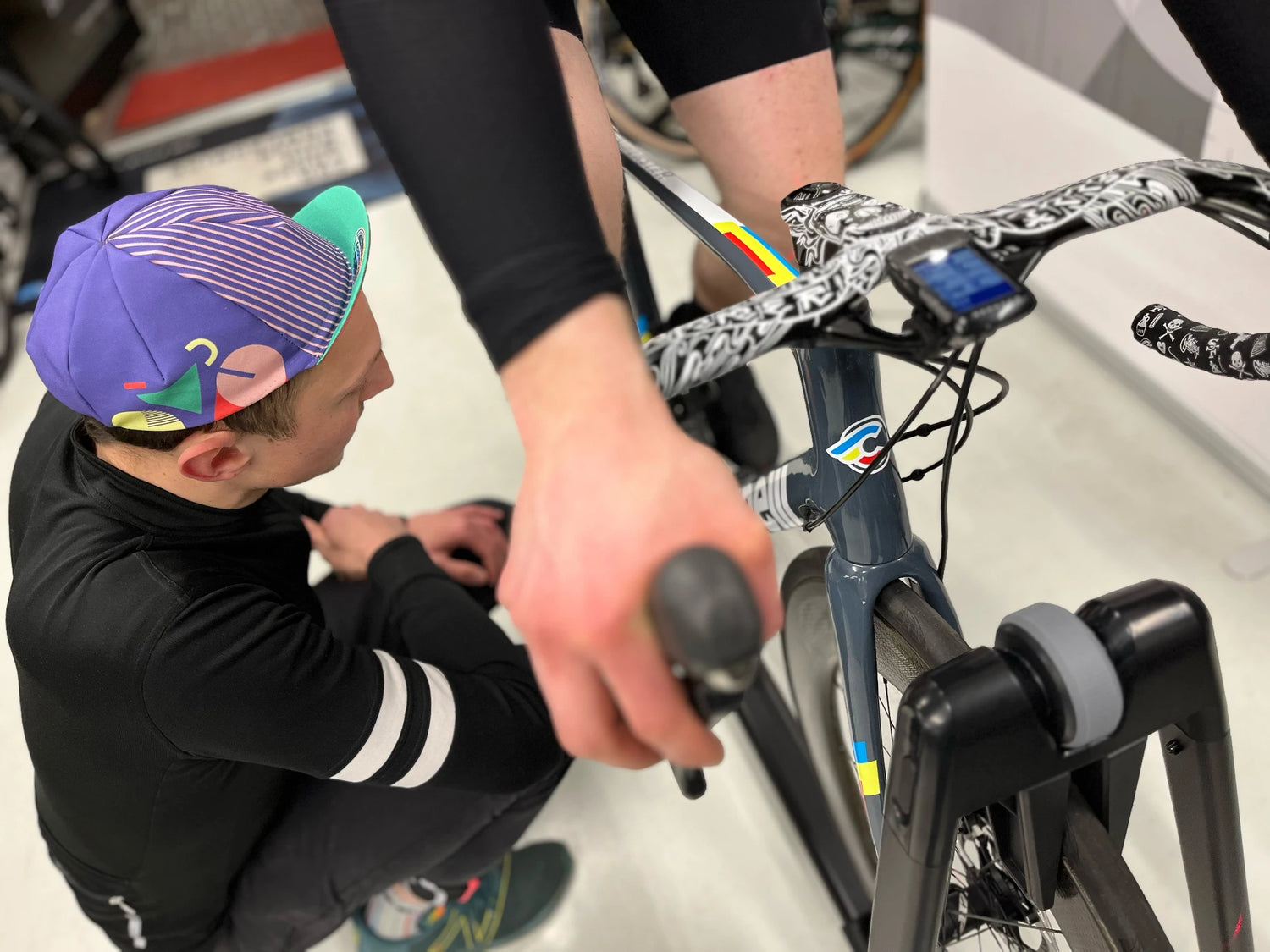
Adjustment
Adjusting the optimal seating position on your bike
After determining your individual anatomical and physiological status, we'll adjust your bike perfectly to your needs. The goal is to make sure you feel comfortable on your bike and that all components are adjusted so you can optimally transfer your power to the pedals. We'll examine all parts of your bike and adjust the settings to your biomechanical movement patterns and anatomical requirements.
Before we adjust anything on your bike, we record and measure your current settings to document the initial condition. We create the same record after we've completed the bike fitting.
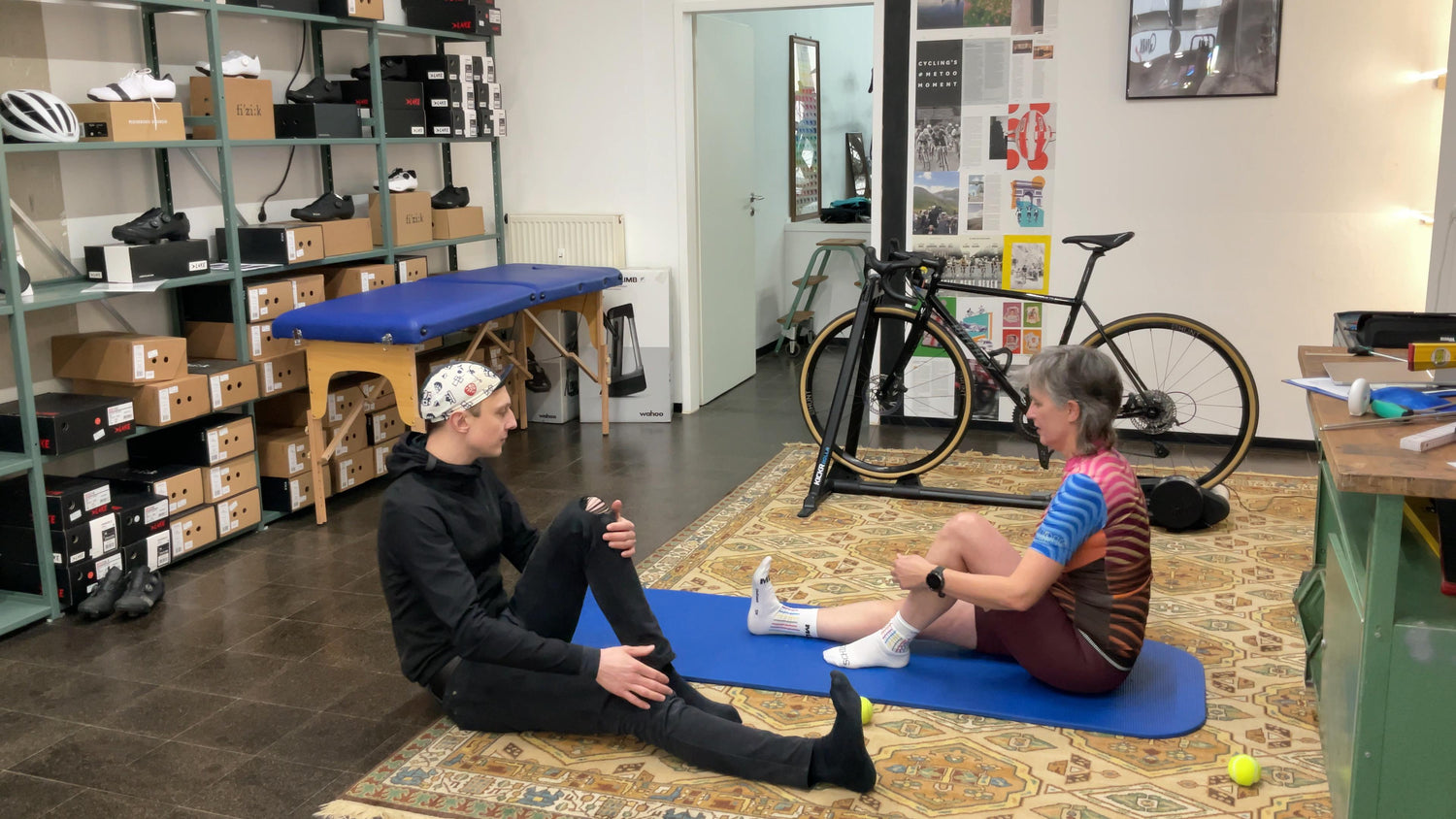
Exercises
Stretching & strengthening for more performance and less pain
Targeted strengthening and stretching of individual muscle groups often helps you ride longer, more comfortably, and with greater performance. This allows you to specifically incorporate anatomical features into your fitting and correct muscular imbalances. Based on the results of the sports science examination and your riding position, I will provide you with individual exercises and training recommendations for long-term optimization of your riding style.
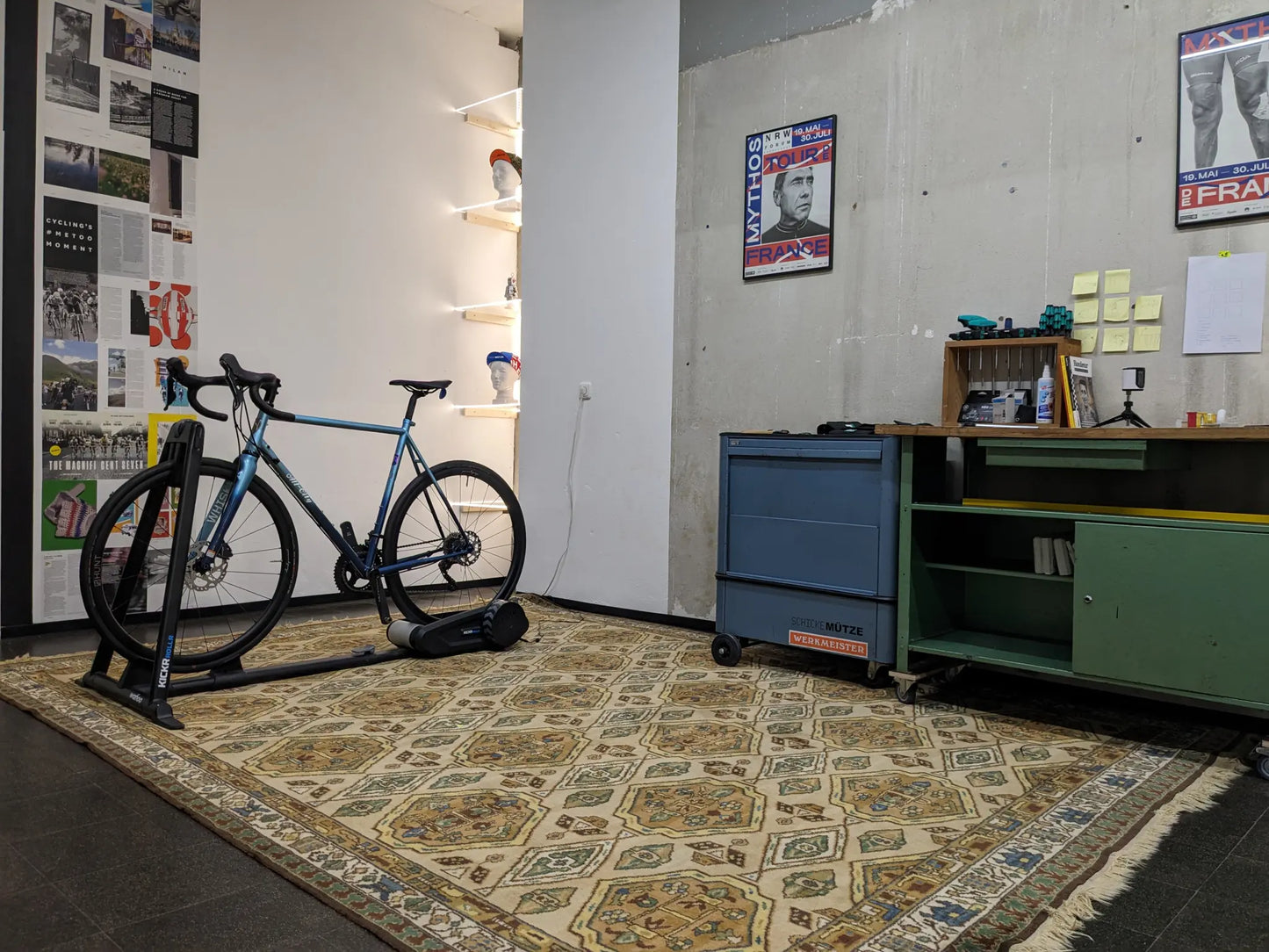
Nils Kehrberg
-
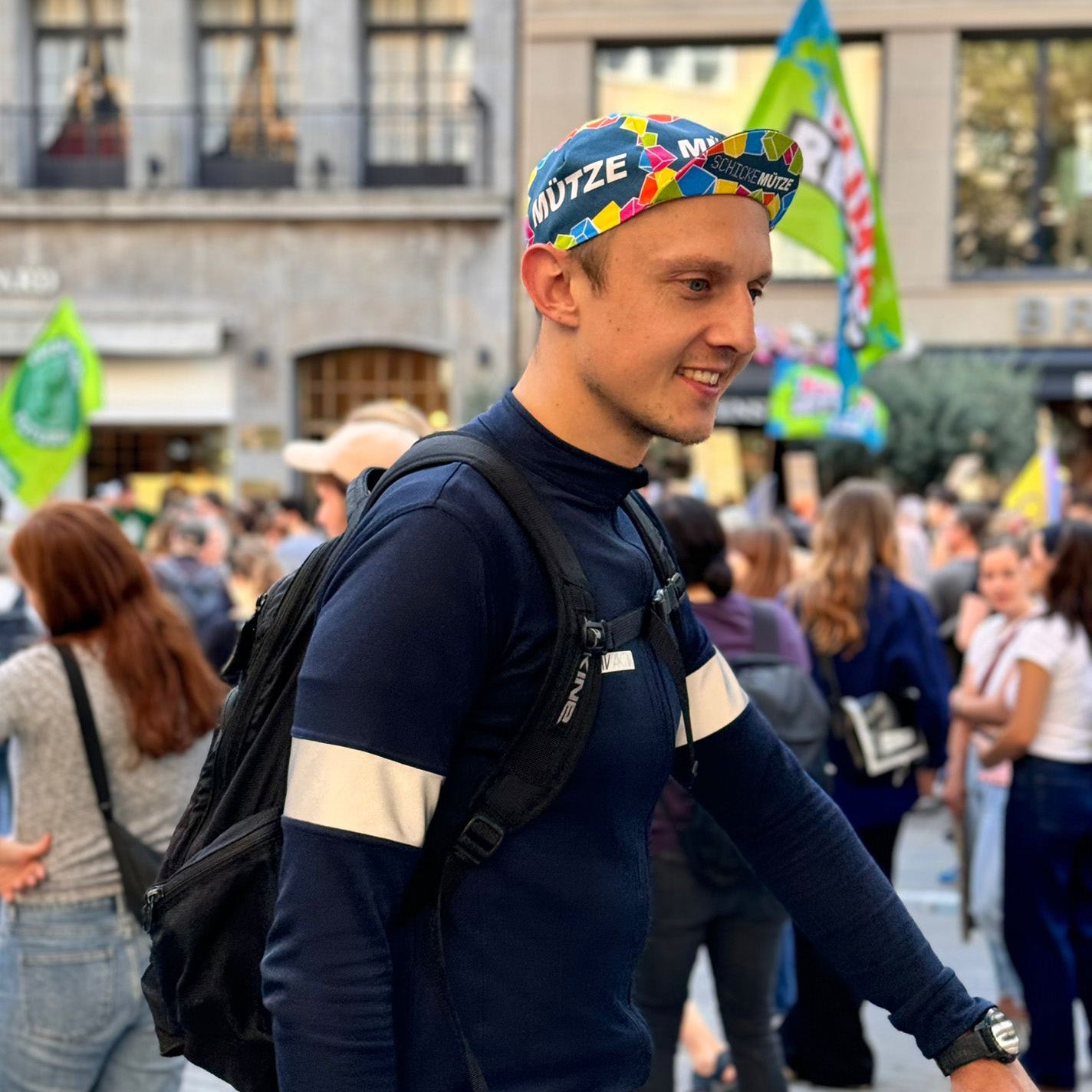 Here you can find more information about me
Here you can find more information about meM.Sc. Sports Scientist | Chair of Sports Medicine, University of Wuppertal
BA Sports Science | German Sport University in Cologne
Framesize Determination – Cyclefit Training in Limburg, Belgium
Certified diagnostician for spiroergometry | Center for Sports Medicine (ZfS) in Münster
-
How to reach me
Can't find a suitable date or do you have any questions? Feel free to send me a message or call me anytime.
Find out why we do what we do
Background to Bikefit
Neuromuscular compensation
Our body adapts to the conditions we offer it. If we are active in everyday life and move a lot, we train our muscles, and they become stronger. This stabilizes our musculoskeletal system and keeps bones, tendons, and ligaments in physiological positions. With prolonged inactivity, this muscle performance decreases, we become less efficient, and our body finds it more difficult to maintain all anatomical structures in healthy positions.
Such physical adaptations include both a neurological and a muscular component. Our muscles and nervous system adapt their activity according to the demands of everyday life and training. If our body is moved into positions that place unfavorable strain on muscles, tendons, and joints, a similar adaptation of bodily functions also occurs. Our musculoskeletal system then seeks compensatory strategies to prevent damage to key body structures and to perform a movement as physiologically and painlessly as possible.
This is exactly what often happens when cycling. If the bike isn't optimally adjusted to the rider's individual physical requirements, the musculoskeletal system seeks such compensatory strategies. These can include evasive movements of the knees, rotations of the pelvis, or shifting of body weight. While such mechanisms can avoid pain, pedaling efficiency and thus performance usually suffer. However, if the unphysiological sitting position can only be compensated for with great effort for our body, pain and, in the worst case, injury result.
The pain doesn't always manifest itself in the body region where it originates. Blockages and misalignments often spread across joints and cause pain in entirely different areas. A precise and individualized sports science assessment of joint mobility and body function forms the basis of bike fitting to precisely identify problem areas.
Step by step towards the goal
During bike fitting, we adjust the bike to your individual physical function and ensure that all joints work together in optimal biomechanical conditions. We identify anatomical peculiarities and find ways to support your body in your physiological riding position with aids and/or training. This way, we eliminate pain on the bike and improve your performance through more efficient riding.
We can usually find your perfect riding position on your bike in just one appointment. However, if you've been riding in a very unphysiological position for many years, this may mean we need to gradually find your bike fit. If major changes to your bike are necessary, we can finalize the settings in a second appointment to avoid overtaxing your body during the first appointment. This second appointment is already included in the €250 fee and incurs no additional costs.
Ride pain-free and efficiently in the long term
I recommend everyone ride at a low intensity of 70% to 75% for two to three weeks after bike fitting. This gives your body a chance to adjust to the new riding experience. Once you feel at home on your bike, you can increase the intensity again and enjoy your new riding position on long-distance rides.

